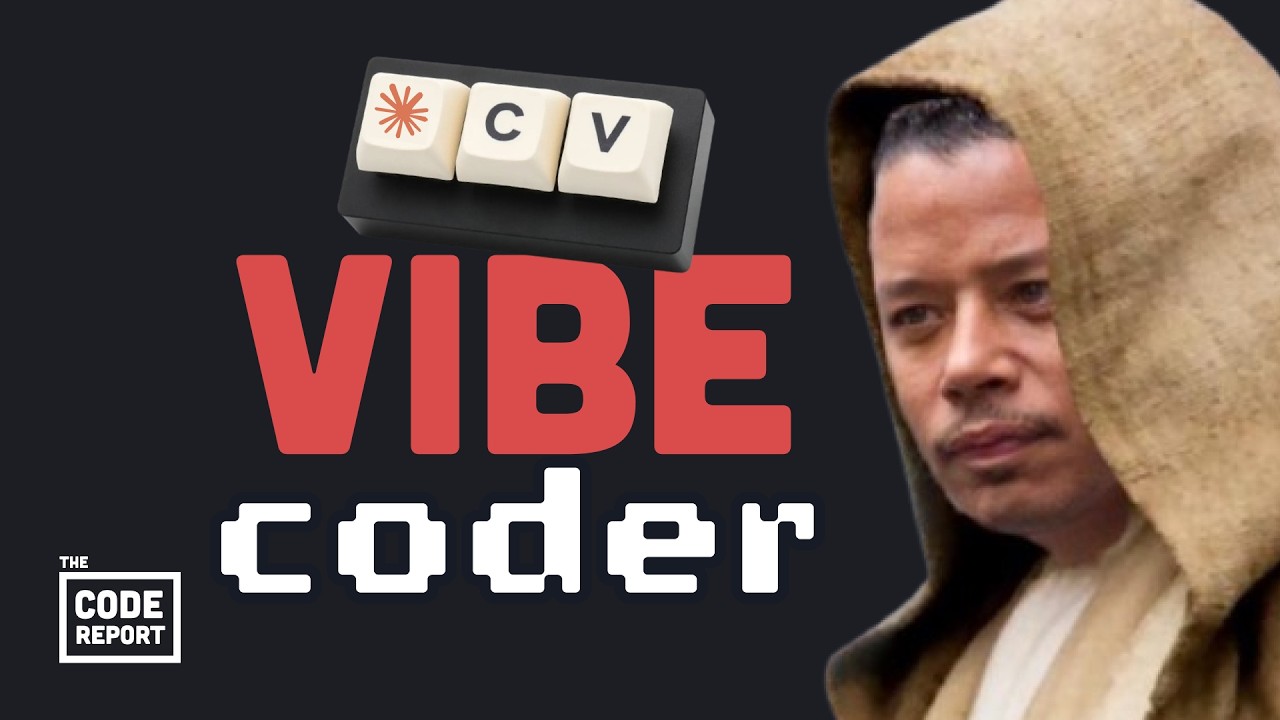The video discusses the “vibe coding mind virus,” a trend that encourages programmers to prioritize creativity and intuition over traditional coding techniques, exemplified by the success of an indie hacker’s flight simulator project. While it highlights the potential for innovation, it warns of the risks associated with neglecting foundational programming knowledge and emphasizes the importance of using a familiar tech stack, mastering version control, and adopting a product management mindset.
In March 2025, the programming community experienced a phenomenon known as the “vibe coding mind virus,” a term introduced by exopi wizard Andrey. This concept encourages programmers to fully embrace the “vibes” of coding, focusing on creativity and intuition rather than the technical aspects of writing code. The trend gained traction after indie hacker Peter Levelvels successfully monetized a poorly executed real-time flight simulator MMO using JavaScript, showcasing a new approach to coding that prioritizes quick results and viral potential over traditional programming standards.
The video emphasizes the distinction between coding and programming. Coding is described as the technical skill of translating logic into computer instructions, while programming encompasses a broader range of skills, including creativity and problem-solving. With the rise of large language models (LLMs), the ability to write code is becoming increasingly accessible, making traditional coding skills less relevant. However, the video warns that without a solid understanding of programming principles, relying solely on vibe coding can lead to significant pitfalls, as illustrated by the story of an indie hacker whose project was ultimately compromised due to a lack of foundational knowledge.
Despite the risks associated with vibe coding, the video suggests that it can be successful when approached correctly. It predicts that a billion-dollar business built entirely on vibes could emerge, utilizing tools like Vzero and Bolt alongside AI-driven solutions like Cursor and Windserve. To navigate this new landscape effectively, the video outlines three essential rules for successful vibe coding. The first rule encourages the use of a popular and straightforward tech stack, as LLMs excel at solving well-documented problems, making familiar frameworks like React and Express advantageous.
The second rule emphasizes the importance of mastering version control with Git. As AI takes over coding tasks, it can also inadvertently delete working code, making it crucial to have a reliable backup system in place. The video suggests using tools like Claude Code to automate version control processes, ensuring that valuable code is preserved. The third and most critical rule is to shift the mindset from being a coder to a product manager, focusing on breaking down complex requirements into manageable tasks that provide clear context for AI tools.
In conclusion, while vibe coding presents exciting opportunities for innovation and creativity in programming, it also carries inherent risks if not approached with caution. The video highlights the importance of foundational programming knowledge and effective communication with AI tools to ensure successful outcomes. Additionally, it promotes Grammarly as a valuable writing assistant for professionals, enhancing communication and productivity in the coding and programming process. The video wraps up by encouraging viewers to embrace the vibe coding trend while remaining grounded in solid programming principles.
